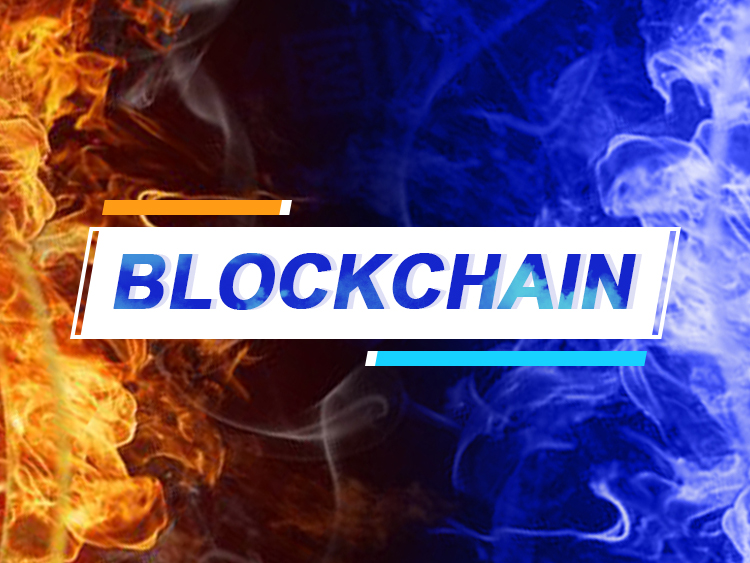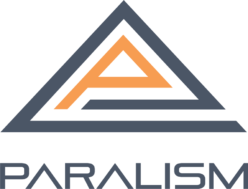
The blockchain has experienced the 1.0 era of programmable currencies, the 2.0 era of programmable contracts, and the 3.0 era of programmable performance that gradually extended to other application areas after performance improvements. The technology itself has still not reached the requirements of the real business world; The increasing demand of the industry’s blockchain and the growing competition among giant companies and even sovereign governments on the blockchain. Blockchain technology has entered an accelerated development channel, and it is very likely that it will enter the next era in 2020. The blockchain 4.0 era is worse than the 2.0X2.0 era.
The blockchain technology entering the new era of 2020 will not only do a linear improvement in performance, but will also make horizontal and multiple relationship improvements in scalability and business compatibility with the needs of the business.
Such improvements cannot be separated from the parallel blockchain technology.
Why will blockchain enter the era of paralism?
Looking at the much-anticipated blockchain underlying projects in 2019: Ethereum 2.0 Polkadot, Avalanche, etc., all have introduced a concept, which is “parallel”. More and more blockchain technology gods, bottom-level researchers, and even industry professionals have reached a consensus: Blockchain technology should begin to move towards a parallel path.
Breakthrough of performance constraints
ust as computers are from single-core CPUs to multi-core CPUs, to meet a large number of data processing needs, the existing blockchain must develop from a single to multiple. Parallel blockchains allow multiple single chains to run at the same time. Compared with serial blockchains, they can support multi-level growth of data processing requirements. Using parallel thinking for sharding can effectively reduce the data processing load of a single blockchain. To improve performance.
Meet the needs of multiple business scenarios
Scenarios in the real business world often involve multiple participants, multiple lines of business, and multiple data. Blockchain, as a tool for establishing a decentralized production relationship in the digital world, is difficult to make a business clear with just one chain. Link effectively. In the architecture of a parallel blockchain, different single chains can be used for different services and different types of data in the same scenario to meet the needs of the corresponding business scenario.
Independence and interconnection
As mentioned above, in real industry scenarios, not only often involves multiple lines of business and multiple data, but also between business and business, and between data and data, under the premise of ensuring that they can operate independently, when needed. Interaction. It is impossible to meet the independence and interconnection of various services in a single-chain environment. Only in a parallel manner, multiple single chains are used to support a single business and data, and then the needs of interconnection are met through cross-chain operations.
2020 parallel blockchain projects
Polkadot
Polkadot, founded by the co-founder of Ethereum, designed a parallel blockchain structure composed of parallel chains, relay chains, and bridge chains, and launched a single-chain development framework for developers to use. Without large-scale promotion, Polkadot has already attracted 37 development projects on its testnet. With the current issuance of tokens, it has reached a valuation of 1.5 billion US dollars. Polkadot is thought to have an impact on Ethereum, and the parallel blockchain mechanism can support an ecosystem that is much larger than Ethereum, and can achieve interoperable interconnection between applications. Its bridging function can also transfer assets outside other ecosystems. Into the ecology of Polkadot. However, at present, Polkadot does not provide a sufficiently detailed solution in the governance of parallel chains. How to verify and synchronize the states between the chains, Polkadot needs to give a more systematic solution.
Ethereum 2.0
The long-awaited Ethereum 2.0 officially entered the test state after the fork in Constantinople. Ethereum 2.0 is divided into four development stages: Beacon Chain-Sharding-Sharding Virtual Machine-Lightning Client. The beacon chain occupies a core position in the new Ethereum. One of the functions of this chain is to allow the verifier to participate in the pledge system and replace the role of a miner to become a chain builder. The other function is to store the index of the shard status. It can be said that compared to Polkadot, the beacon chain of Ethereum explains how to synchronize the slices systematically and manage the chains in the parallel state more reasonably. If Ethereum 2.0 can complete the development of each stage according to the plan, based on its existing relatively complete ecology, it may become a blockchain infrastructure that is truly scalable and can undertake realistic business.
But at present, the main problem of Ethereum 2.0 is that in order to get rid of the restrictions of miners, V God will use the PoS mechanism for the beacon chain of Ethereum 2.0. This will have an impact on the ecology and it is difficult to evaluate. In addition, Ethereum started to analyze The film has not achieved substantial results so far, and the bottlenecks encountered in sharding are worrying.
Avalanche
The Avalanche avalanche protocol was originally proposed anonymously by a self-proclaimed “Team Rocket”, but has close ties to IC3, the blockchain’s top academic team. It is derived from the Paxos algorithm, and in February 2019, it received a US $ 6 million financing led by coinbase and others. The avalanche protocol created a “metastable collapse” concept, starting from a single node to its neighbors, eventually forming an avalanche, and reaching consensus. At the same time, the team is creating a two-layer network structure that allows applications to be customized in sub-networks, and the sub-networks can interact with the main network, and the main network forms the final consensus through the avalanche protocol.
Near
Near is a PoS public chain that uses sharding technology. Its main team has built one of the few sharded database systems in the world. Now they apply their original sharding experience to the blockchain field. Near’s sharding technology has also been affirmed by Ethereum founder Vitalik, claiming that Near’s sharding technology makes him anxious.
Paralism
Paralism is a parallel blockchain system developed by experts from the field of operating systems in China. It creatively builds a parallel single-chain + hyper-block parallel data structure. Its original Buddy consensus algorithm, also based on Paxos, has taken the lead in obtaining international patents in the field of parallel blockchains. Paralism is one of the few parallel blockchain platforms that has been online. Currently, the mainnet can support 50 single chains running at the same time, and dozens of applications have been supported.
Compared with the internationally compelling parallel blockchain projects, Paralism has provided a very detailed and clear solution on how to synchronize the state of the consistency of the single-chain data and how to achieve the built-in cross-chain operation and mutual interaction. Compared with the state verification chain in Ethereum 2.0 and Near, Paralism, that is, the superblock chain, it does not use a PoS mechanism that may be centralized. Features of a parallel blockchain platform. Its core development team has already invested in research and development five years ago, and it is the industry’s early focus on the parallel path of the blockchain. At present it seems that the actual project progress of Paralism even precedes Ethereum 2.0, Avalanche and other projects.
How to judge the competitiveness of a parallel project
1) Whether to solve the problem of data consistency
Because parallel blockchains allow multiple single chains to coexist, performance and scalability are no longer restricted. The difficulty of parallelism is how to synchronize and synchronize multiple chains when there is more than one sub-chain. This is a question that must be answered for a truly parallel blockchain system.
2) How to achieve the “main chain” consensus
It can be seen that whether it is the beacon chain of Ethereum 2.0, the avalanche protocol, or the super-block structure of Paralis, there is virtually a chain that checks the status of each single chain. The way in which this chain reaches a consensus determines the efficiency, stability and governance of the parallel chain system. Currently, Paralism has obtained an algorithm patent in this regard.
3) Convenience of development
Compared with single-chain systems, parallel blockchain systems have been upgraded in terms of architecture. The ecological scale that can be supported is much larger than that of serial blockchains. And how to conveniently support the development of upper-layer applications also affects the speed of ecological development of parallel blockchain. At present, Polkadot’s substrate development framework has successfully attracted certain development projects to join the ecosystem, and Paralism has also launched corresponding tools such as one-click hair chain, one-key up chain, and ten-line up chain.
